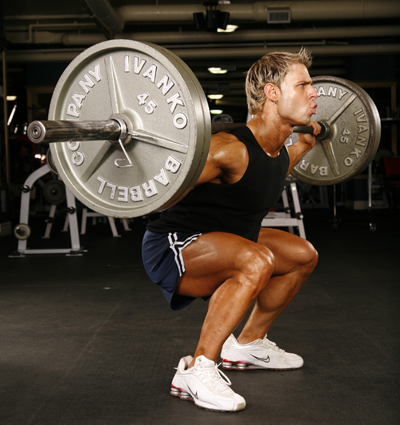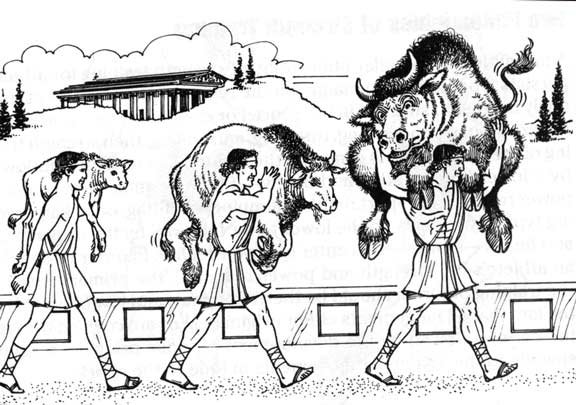Success is the enemy of progress.
From the time we decide to pursue a goal until the time we achieve it we experience tremendous growth. In the world of bodybuilding and fitness we have the added benefit of that growth not only being mental and emotional, but physical as well.
The trouble is…
Achieving our desired outcome can put the proverbial breaks on further gains.
The great business coach Dan Sullivan referred to this phenomenon in his book, How the Best Get Better, as, “The ceiling of complexity”.
But since we’re not talking business let’s look at an example from the standpoint of exercise.
We decide one day that we need to dial our training up a notch. We look to a challenging exercise like squats and we say to ourselves, “I’m going add thirty pounds to my personal best on this exercise no matter what it takes”.

Over the next 7, 8, 9 weeks you make steady progress toward your goal. You’re in the gym grinding, you’re constantly analyzing your form and looking for ways to overcome your weak points, you’re slugging back your protein shakes and carbing up before your workouts, and making sure to get plenty of beauty sleep.
Then, on week 10, you do it. You smash your previous bests as you hoist thirty more pounds on your squat. You’re glaring back at the old you and laugh at what a wimp he was.
The accomplishment was great, but here comes the ceiling of complexity.
Over the next couple of weeks things are great as you post videos of your new found strength all over Facebook and collect a ton of “Likes”. Your motivation is still very high.
But gradually things start to get stale. Motivation is waning and you are no longer doing all the little things that helped propel you to the top of the mountain. Instead of standing at the peak you settle on a plateau.

As frustrated as plateaus make us there is solution for overcoming them, and the ceiling of complexity.
Set your sights on a greater goal BEFORE achieving the original one.
A friend recently asked, “How do I mentally and physically work through plateaus in training and progress. Specifically when trying to maintain muscle mass and strength while also cutting body-fat.”
Losing body-fat while maintaining muscle and strength is hard and there are a lot of moving parts and details to be addressed. But it is something many bodybuilders routinely accomplish.
The answer to working mentally and physically through plateaus is to avoid them altogether (unless you’ve planned for down period.). In order to evade plateaus you need to keep growing as Dan Sullivan would say.
You only grow when you are intensely focused on an objective. The goal is what keeps you mentally in the game, and that translates to keeping you physically in it as well.
Some may view this as Goal Setting 101 but it goes well beyond that.
It’s about anticipating success and guarding against its ugly side-effect…complacency. Complacency is what results in plateaus, and plateaus result in relapses.
Bruce Lee put it best when he said,
“If you always put limits on everything you do, physical or anything else. It will spread into your work and into your life. There are no limits. There are only plateaus, and yo must not stay there, you must go beyond them.”



